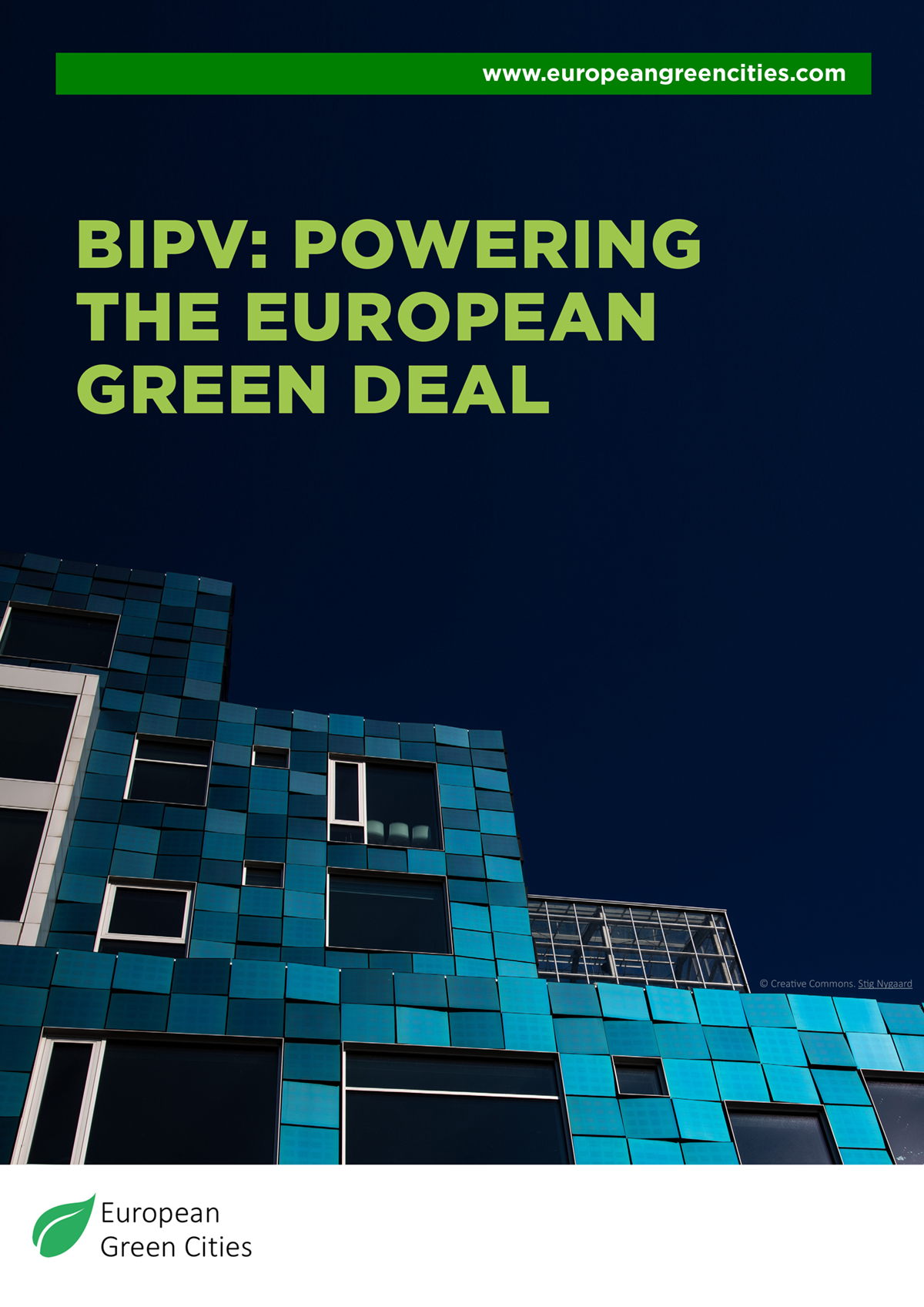Here, European Green Cities discuss how to make the European Green Deal a reality
Europe has an ambitious and world-changing plan to be carbon neutral by 2050. In 2020, there have been catastrophic events in the natural world – from floods to fires, the fluctuating situation of the climate has created unavoidable consequences.
With the world gripped simultaneously by the COVID-19 pandemic, the situation of air quality has never been so well-discussed and examined. Clean air remains one of the staple reasons for some regions experiencing worse COVID outbreaks than others. In heavily polluted cities, the respiratory systems of residents are already taking a hit before the involvement of the virus. Changing the foundation of how societies receive their energy has never been as crucially important as it is right now.
To achieve this, innovation is necessary. The Danish PV producer Racell has been working on an improved PV and solar thermal technology for over a decade. This system gives both power and heating, which can be seen working in some areas of Denmark. Clean energy that can power a small town is the beginning of the future, a cog in the machinery of a Europe that is fully carbon neutral. Where is this technology headed next? The potential is explored further within this book.
In addition, how do we build cities to be carbon neutral in the first place? Building integrated PV (BIPV) is going to be a principle technology used by the company Green island, to build 1,600 housing units that can power themselves cleanly. This fossil-free residential area could mark the beginning of a new way of building, that would replace how fossil-dependent contemporary housing currently is.
To learn about all the other innovations and ideas that could make the European Green Deal happen, read all about it here.


